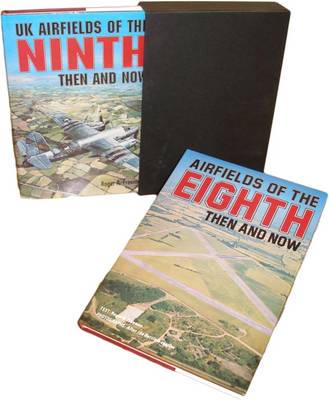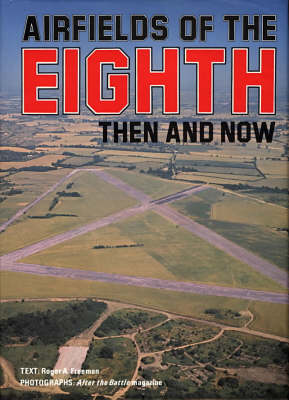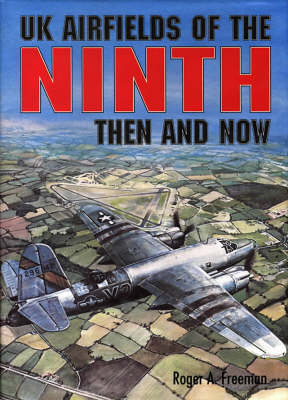After the Battle S.
3 total works
This work is a nostalgic look at the airfields used by the Eighth in the United Kingdom during the World War II. Conceived in war, the airfields experienced their moments of glory and, when the war ended, were left empty and derelict to die. The few which remain virtually intact have only survived because some private or public concern has formed a practical use for them, although not always as airfields. Some of the more remote airfields still dot the countryside the same as when the last plane left their runways and the last truck departed through the main gate. They are bleak, windswept and mouldering but they retain the atmosphere of the fine, high endeavours of the people who inhabited them and the aura of ineffable sadness that hangs over memorials to fighting men.
Charged primarily with the support of ground forces in the invasion of Normandy, the Ninth fielded a variety of aircraft - liaison, fighter, bomber and troop carrier - and operated from over 60 airfields in Britain. In this work, they are explored and photographed on the ground and from the air, ranging from the troop carrier bases of central and southern England; the bomber airfields in Essex and the New Forest, and the advanced landing grounds in Kent and Hampshire - temporary expedients to enable fighters to give close support to the battlefield. Then, the airfields were in the front line, vibrant and full of activity as men and machines prepared to do battle. Now, they have adopted new faces: as centres of industry and international aviation or venues for leisure activities and motor racing. Some still retain their war-like status as military bases while others have returned to the plough as the wheel turns full circle.


